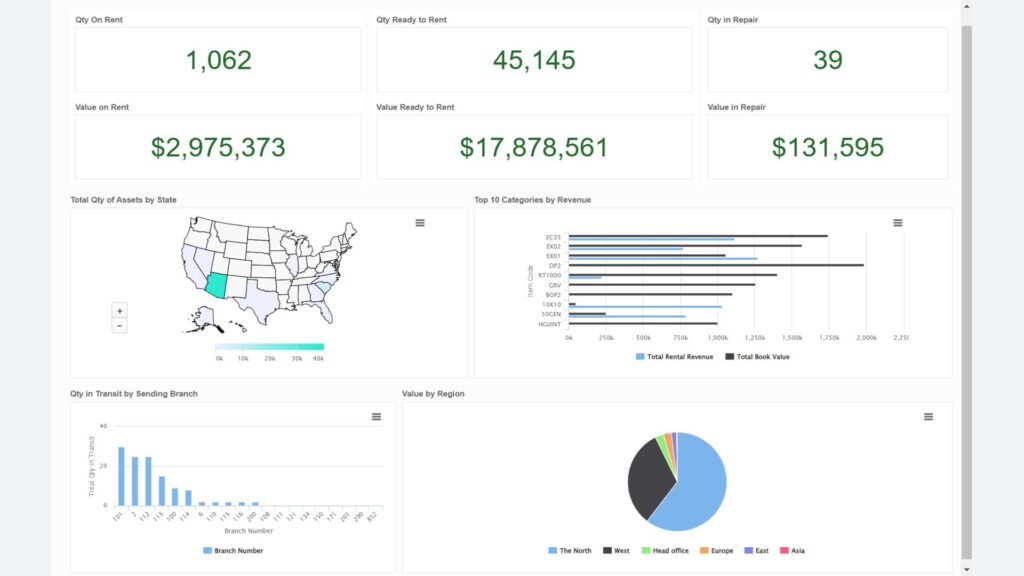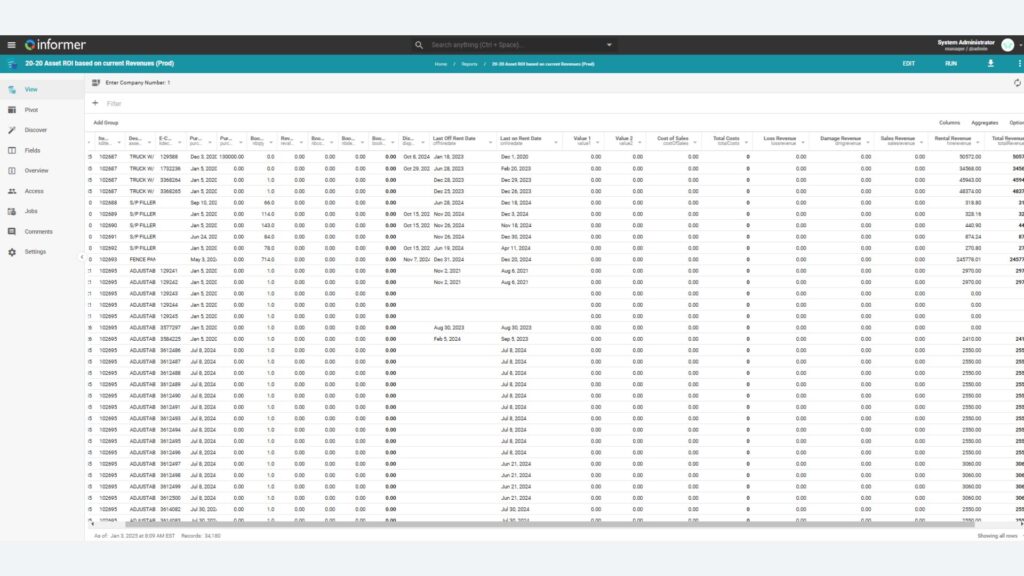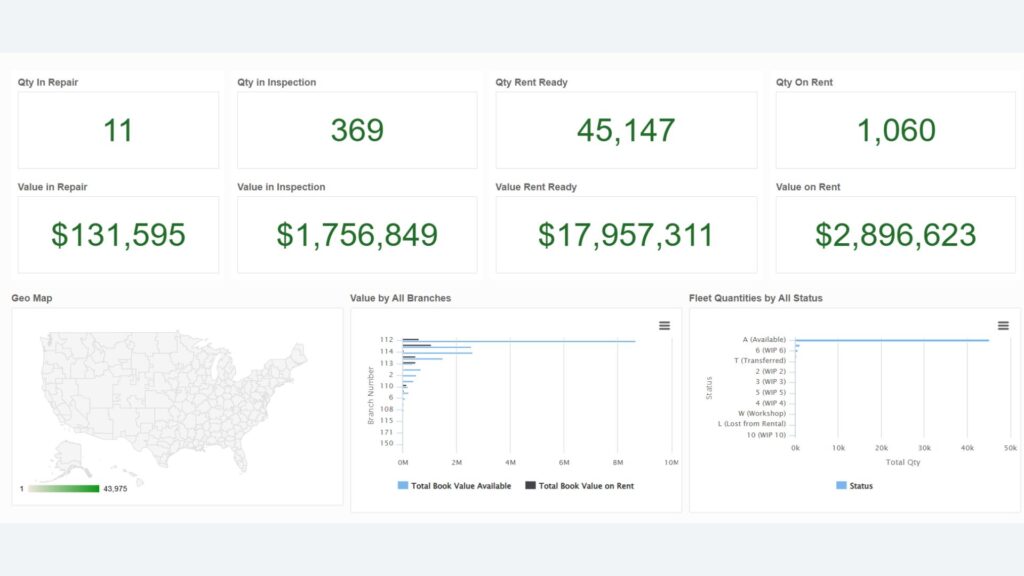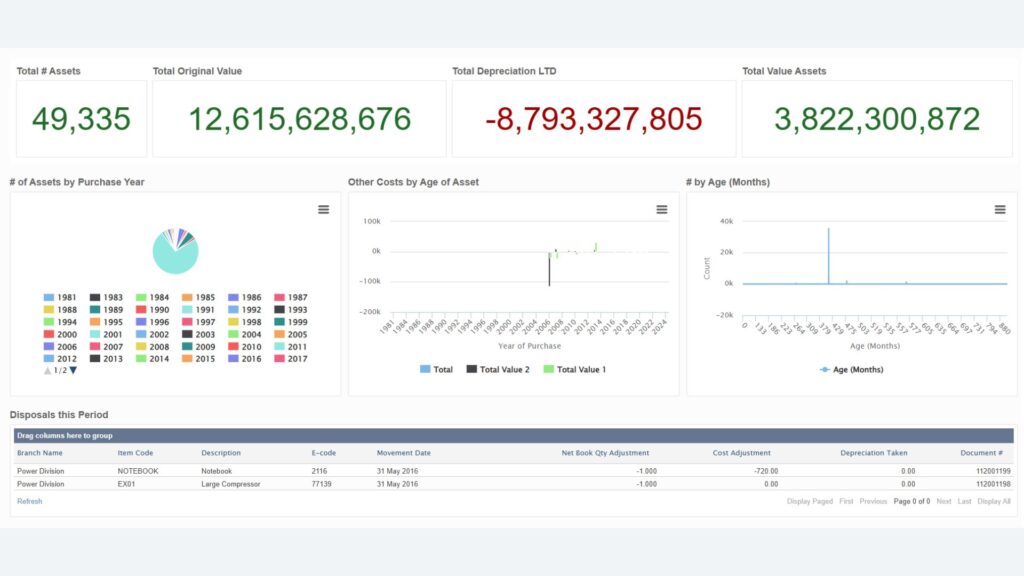
As an equipment manager, your role extends beyond ensuring equipment is available when needed. Your responsibilities directly impact project budgets, timelines, and profitability. One of the most powerful tools at your disposal is Total Cost of Ownership (TCO) reporting, which provides a complete view of an asset’s lifecycle costs. With RentalResult, you have access to robust TCO tools. But are you fully leveraging them?
What is Total Cost of Ownership (TCO ), and Why Should You Prioritize It?
Understanding TCO
TCO goes beyond purchase costs, covering operational expenses, maintenance, depreciation, and end-of-life value. It provides a holistic view of an asset’s financial impact, enabling smarter decisions about equipment usage, replacement, or retirement.
Why It Matters for Your Role
Construction equipment often represents 25-40% of total project costs (IRJET). As an equipment manager, controlling these costs is critical. Studies show that companies with effective equipment management practices achieve ROIs of up to 17.91%, far exceeding the industry average of 10% (CSIMarket).
With TCO reporting in RentalResult, you have the tools to manage these costs effectively.
How TCO Reporting Enhances Your Role
- Tracking Operational Costs in Real-Time
Day-to-day expenses like fuel, insurance, and repairs can quickly add up. By inputting these costs into RentalResult, you can monitor them in real time, identify trends, and address inefficiencies. For example:
-
- Is one machine consistently consuming more fuel than others?
- Are repair costs on certain assets exceeding their value to the company?
Regularly reviewing these insights can help you make decisions that directly reduce costs.
- Managing Maintenance Proactively
Unplanned maintenance is one of the leading causes of project delays, contributing to 40% of project overruns (Sumatosoft). RentalResult allows you to automate maintenance schedules and track service histories. By acting on this data, you can:
-
- Minimize downtime.
- Reduce costly emergency repairs.
- Extend the lifespan of high-value assets.
Action Step: Set up maintenance alerts in RentalResult to ensure no service task is missed. Review historical maintenance data to spot patterns and prioritize preventive actions.
- Planning Equipment Replacement with Confidence
TCO reporting provides clarity on depreciation and asset performance. RentalResult can calculate depreciation automatically, helping you decide when to replace or retire an asset.
For example, if a machine’s repair costs exceed its projected revenue, it might be time to replace it. By aligning TCO data with ROI metrics, you can justify these decisions to leadership with confidence.
Using TCO to Drive Strategic Decision-Making
- Optimizing Fleet Utilization
Idle or underperforming equipment drains resources. TCO reporting helps you identify these assets and either reassign them to more profitable projects or remove them from your fleet. - Aligning Equipment Costs with Project Budgets
RentalResult enables you to link TCO data directly to project budgets. This gives project teams a clear understanding of how equipment costs impact profitability. As an equipment manager, this transparency strengthens collaboration between departments and ensures alignment on financial goals. - Improving Vendor and Rental Decisions
If your internal fleet can’t meet project demands, RentalResult’s integration with TCO data can guide decisions on whether to rent or purchase additional equipment. By analyzing total costs, you can make informed choices that benefit the project and the company’s bottom line.
Why This Should Be Part of Your Daily Workflow
If you’re already using RentalResult, TCO reporting isn’t just an optional feature—it’s a critical tool for fulfilling your responsibilities as an equipment manager. Here’s why:
- It reduces guesswork. All decisions are based on data, not assumptions.
- It aligns your actions with company goals. Equipment management isn’t just about logistics; it’s a strategic role that directly impacts profitability.
- It helps you stand out. Using TCO data to optimize fleet performance and reduce costs demonstrates your value to leadership.
Next Steps for Equipment Managers Using RentalResult
- Set Up Regular TCO Reviews: Schedule monthly or quarterly reviews of TCO data in RentalResult. Use these sessions to identify underperforming assets and prioritize action steps.
- Collaborate with Other Teams: Share TCO insights with project managers and finance teams to align on equipment budgets and ROI goals.
- Leverage Automation Features: Use RentalResult to automate maintenance schedules, depreciation tracking, and cost reporting.
TCO reporting offers valuable insights into the financial and operational health of your fleet, helping you justify every dollar spent on equipment. With RentalResult, you can simplify TCO tracking and create custom dashboards tailored to your specific needs using Reporter. Whether you need to monitor real-time operational costs, track maintenance schedules, or align equipment expenses with project budgets, Reporter can help you achieve your goals.
Contact your Customer Success Manager today to explore how custom TCO reports and dashboards can enhance your fleet management strategy and drive better outcomes.








